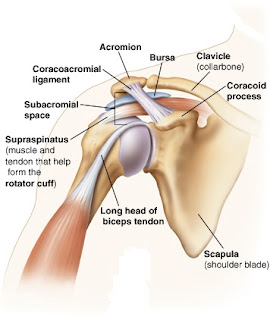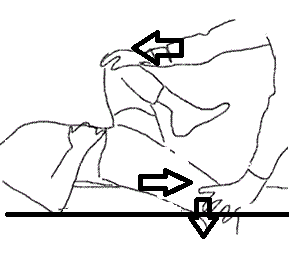Chapter-1 : Introduction to Posture.
Introduction
to posture:
Posture is a state or attitude attained by the body either
during work or during rest. How a person is standing, sitting or even lying is
determined by the posture adapted by the individual. But in all the above
mentioned situations the person’s body is at rest. Postures attained during a movement
or a series of movements also depends on the action of group of muscles helping
the body to attain such rapidly changing positions along with stability. The
simplest example can be of walking, the mechanism of gait is governed by
several small portions of movements making up a chain of movements called as
gait. Let’s have a deeper look at what is the difference between these types of
postures.
Types
of postures:
Postures can be broadly classified into two types:
1.Active
postures:
The posture assumed by the body when
the person is active. Meaning, that the body’s muscles are at work and are
contracting to keep the body stable and to achieve the desired position. Active
postures can be further classified into two categories:
a.
Static
posture: the position which is attained by the body with the help of
co-ordination of a group of muscles to keep a body in a static position. The
muscles in such positions are working to stabilize the joints and to provide
stability to the body against gravity. For example while in erect position, the
co-contraction of muscles is working to keep the body stable and erect against
gravity in equilibrium in its own position without any movement.
b.
Dynamic
posture: the posture attained by the body during movement or a group of
movements. The muscles in this type of active postures are struggling to keep
up with the changing patterns of movement while still keeping the body stable.
2.
Inactive postures:
These postures are acquired when the
muscular activity is required to be minimum or negligible. In this situation,
the demands on the muscles by the circulatory and respiratory system becomes
minimal. And as a result, less work done by the heart and more relaxed
breathing. This is the most relaxed position of the body where work done by the muscles is
minimum.
References:
The principles of Exercise Therapy, Dena
Gardiner, fourth edition.



Comments